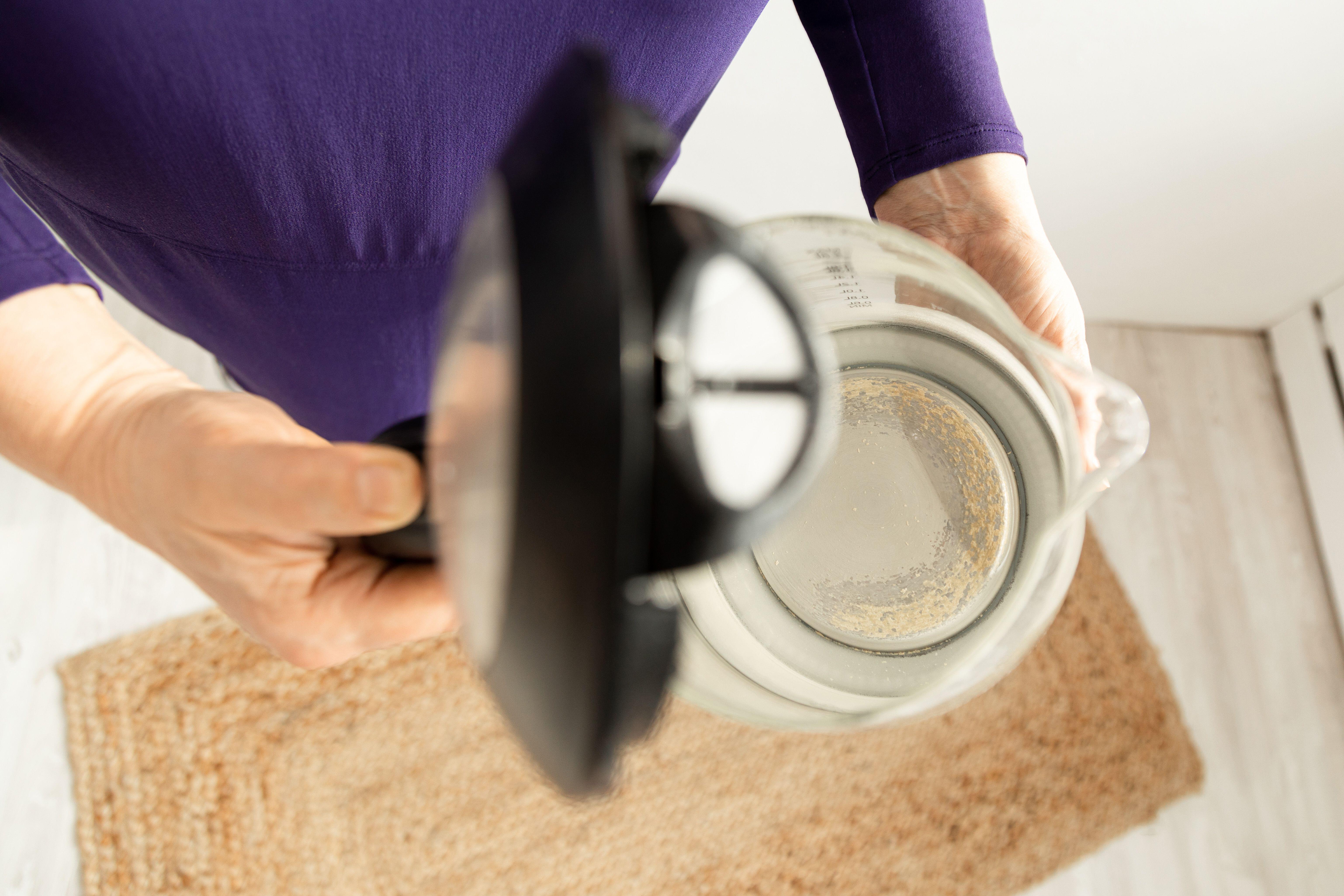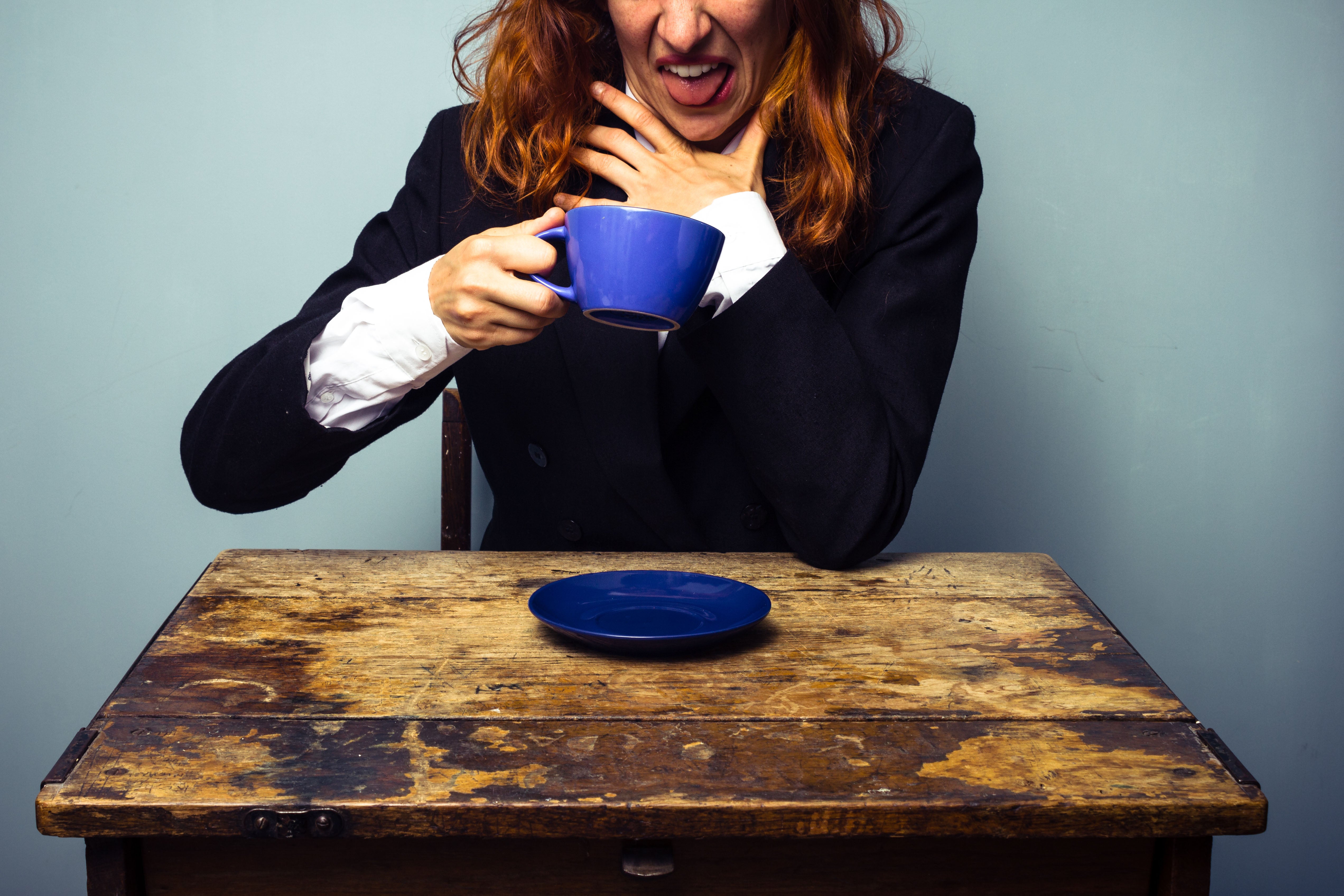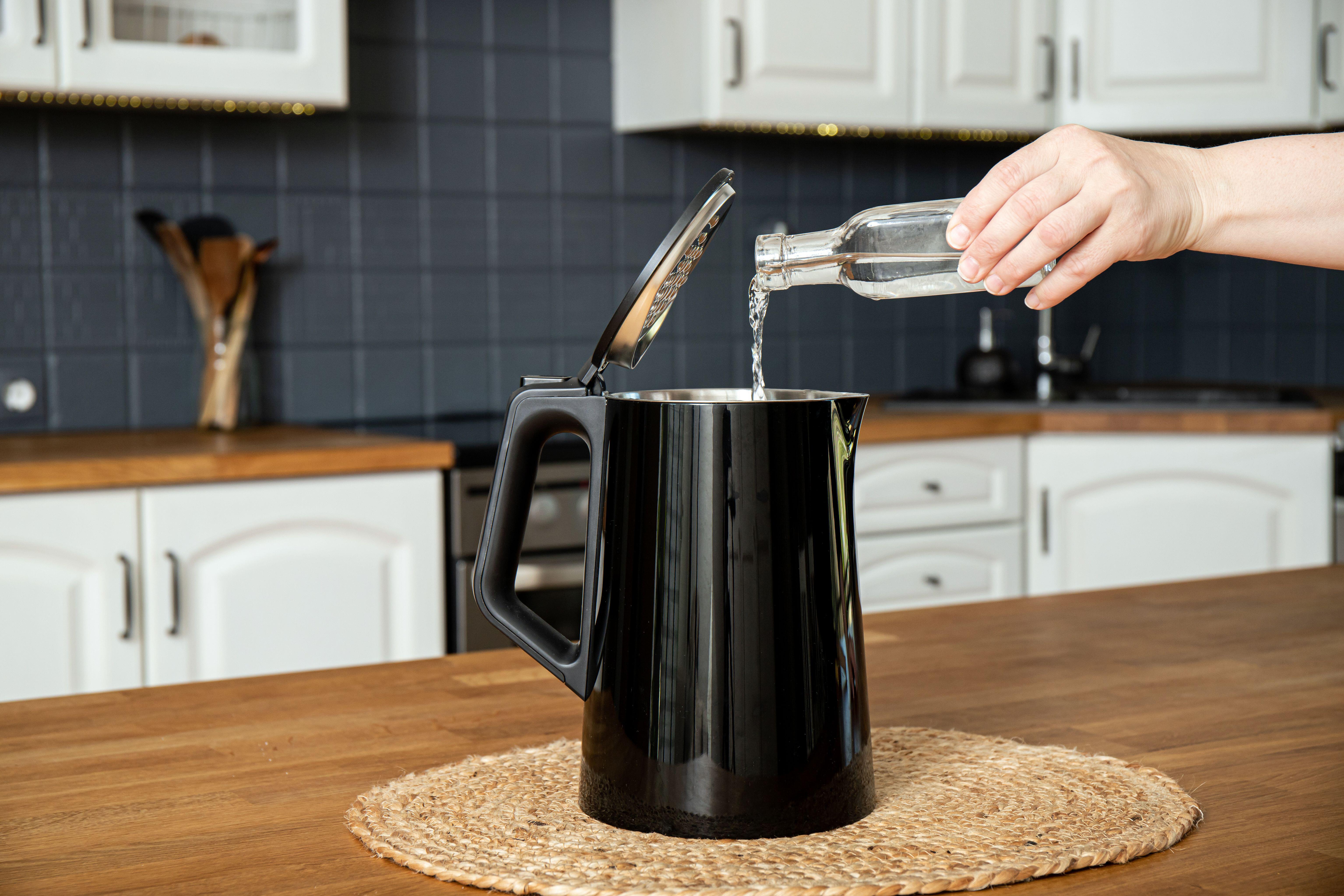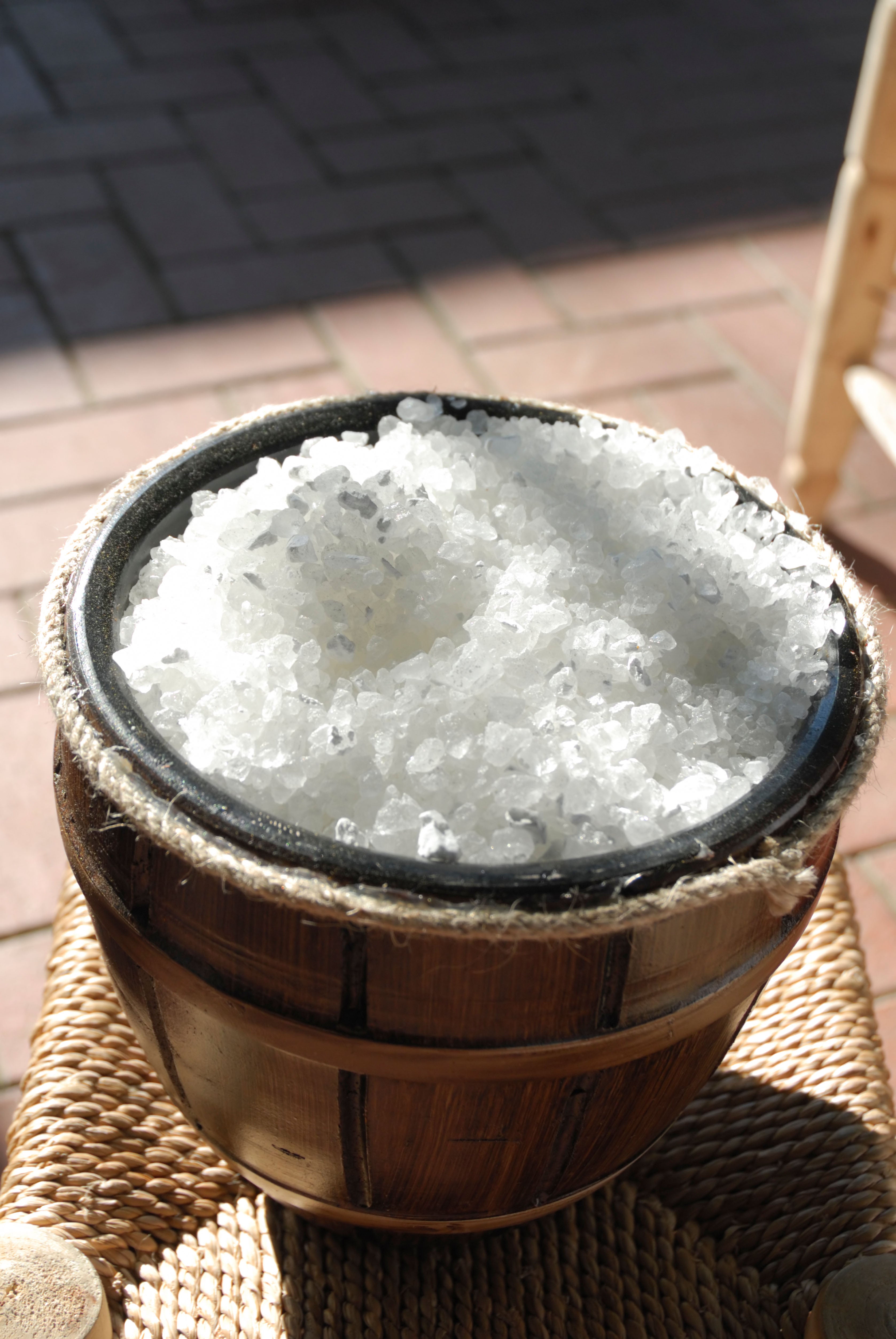
Your support helps us to tell the story
This election is still a dead heat, according to most polls. In a fight with such wafer-thin margins, we need reporters on the ground talking to the people Trump and Harris are courting. Your support allows us to keep sending journalists to the story.
The Independent is trusted by 27 million Americans from across the entire political spectrum every month. Unlike many other quality news outlets, we choose not to lock you out of our reporting and analysis with paywalls. But quality journalism must still be paid for.
Help us keep bring these critical stories to light. Your support makes all the difference.
It’s not something you want to think about but kettles can be disgusting places.
Brits are famous for our love of tea, but many of us will never think about the cleanliness of the water when we boil it.
Not only can a dirty kettle affect the taste of your cuppa, it can also be a breeding ground for bacteria.
So, should we be worried about this? We asked the experts to find out what exactly is lurking inside our kettles, and the best ways to clean them.
“It may be surprising to find out that microorganisms such as bacteria can grow on and within a kettle despite the sterilising temperature of boiling water, which would normally kill most germs,” reveals Dr Primrose Freestone, associate professor in Clinical Microbiology at University of Leicester.
“This is because not all the areas of the kettle exterior, such as the handle, reach a germ-killing temperature, plus it has been shown that bacteria can grow in the interior of the kettle if there is a build up of limescale from repeated use and non-cleaning.”
Can these germs and limescale affect our health?

“Limescale, which is mostly calcium carbonate, will not normally affect the health of those who drink water boiled in a limescale-encrusted kettle,” says Freestone. “However, the tiny traces of nutrients that are present in tap water can build up in the limescale, which after repeated boils can enable germs to grow.
“Also, the uneven crusty surface of limescale can help bacteria to attach to the surface and form a sticky biofilm that’s hard to remove.”
Some germs are able to withstand boiling temperatures after which they start growing in any residual water left as the kettle cools, adds the professor.
“This includes bacteria that make heat-resistant spores, such as Clostridium and Bacillus, which can cause severe stomach upsets,” warns Freestone.
Does this affect the taste of our hot drinks?

“After repeated use without cleaning, limescale will build up in the kettle which can affect the taste of water drunk from it, as some of the calcium carbonate in the limestone may dissolve into the water as it boils,” says Freestone. “Also, heating the calcium carbonate may cause chemical changes to the flavour compounds in hot drinks such as tea and coffee – and they may taste off or more bitter.”
How often should we clean our kettles and how?
“The outside of a kettle should be washed at least weekly with soapy water, rinsed with tap water and allowed to dry in the air,” advises Freestone. “But be careful to unplug any electric kettle as you do this.”
Vinegar is also great at removing limescale.

“Acetic acid in vinegar can be used at home to remove limescale – the calcium carbonate is converted into calcium acetate which is water-soluble and can be poured away down the sink,” explains Freestone. “Use equal parts white (distilled) vinegar and tap water, and fill the kettle to about three-quarters full.
“Bring to the boil and then allow the kettle to cool to room temperature; remove any encrusted limescale residue with a bottle brush.
“Rinse well with tap water, and to remove any vinegar traces refill with water only, bring to the boil, and repeat until there is no more smell.”

Citric acid also works well.
“Citric acid is a fantastic de-scaler,” says cleaning content creator Laura Mountford. “Simply half-fill the kettle and boil, add two scoops of citric acid leaving it to fizz until all the limescale has dissolved.
“Rinse thoroughly and boil with fresh water.”
Regularly cleaning your kettle could also help you save energy.
“When the kettle is scaled up it can take longer to boil, therefore using more energy and costing more money,” explains Mountford.







